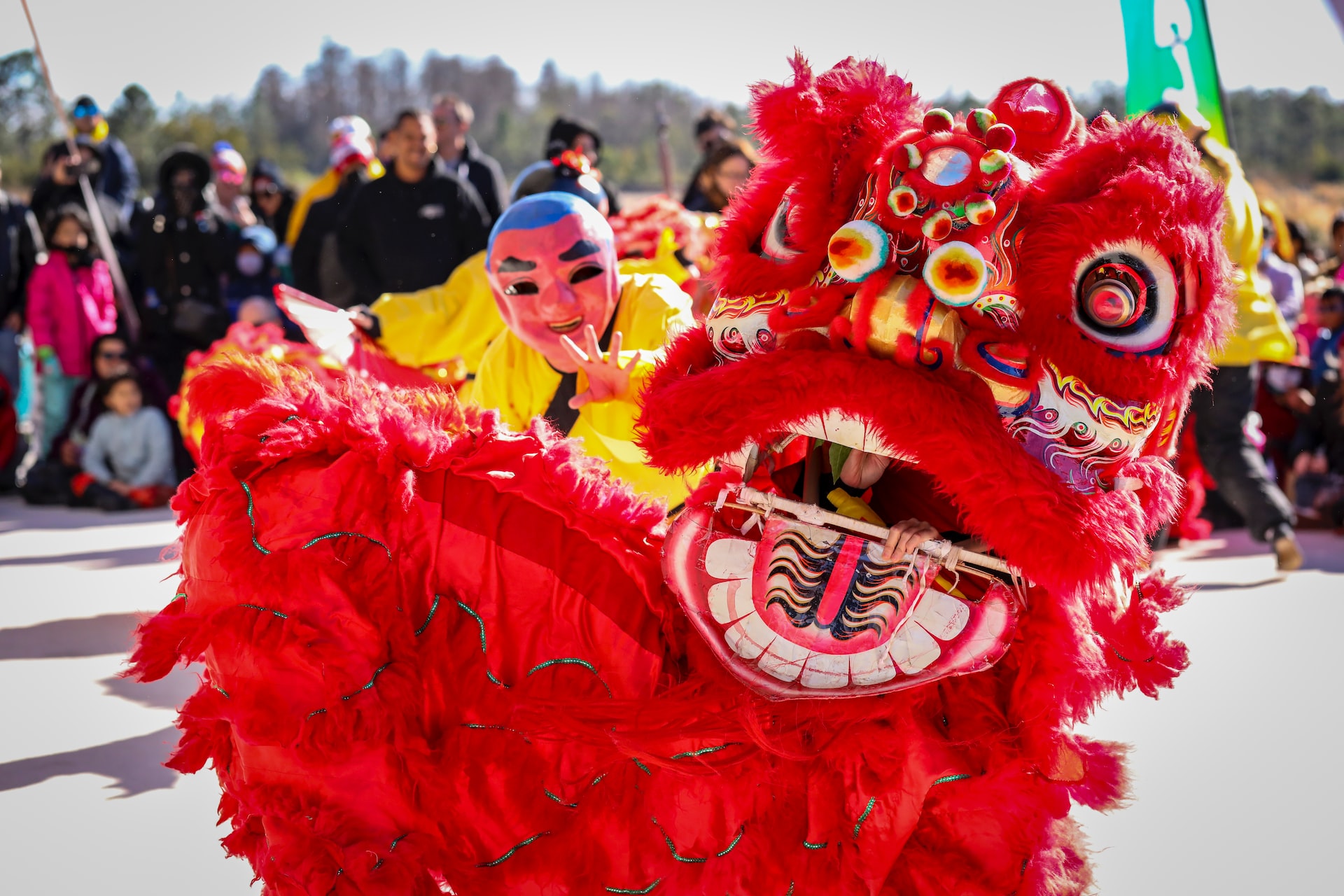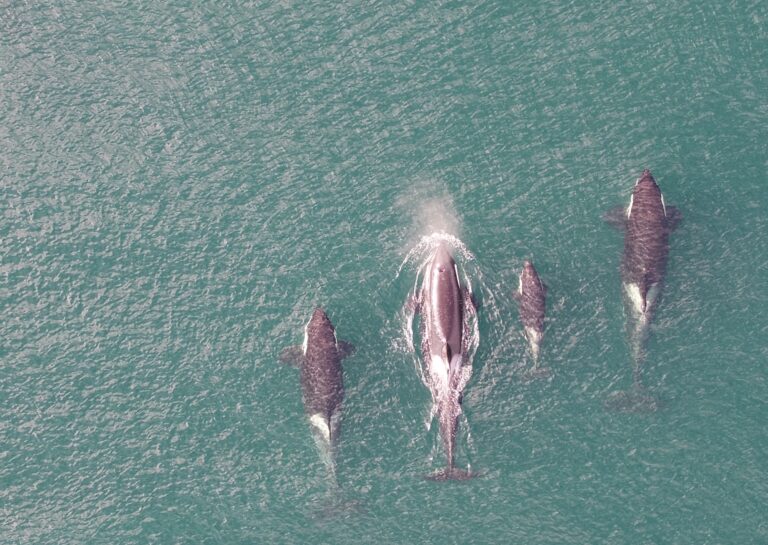Why does the date of Lunar New Year change?
This lunar new year falls on Jan. 22, making it one of the earliest in recent history. So why does the date of the lunar new year change?

Photo by Mick Haupt on Unsplash
This Lunar New Year falls on Jan. 22, making it one of the earliest in recent history. So why does the date of the lunar new year change?
Sun and moon
The Chinese calendar is both lunar and solar: months are based on the phases of the moon, and a year is based on the period of the sun. Lunar, or Chinese, New Year is defined as the date of the second new moon after the winter solstice, says UBC honorary professor Dr. Sun Kwok. The Gregorian calendar used in Canada celebrates Jan. 1 as the start of the new year based on Roman traditions and a solar year.
Agricultural calendar
The traditional Chinese calendar is often known as the agricultural calendar because it helped farmers set their planting schedules. The winter solstice, a date set by the position of the sun, is the most important festival for farmers. Winter solstice was on Dec. 22 and the second new moon is Jan. 22 – particularly early this year.
Updates
Missionaries proposed an update to the original calendar in the 1600s, a move that court astronomers opposed. The emperor held a competition to see who could better predict the solstices’ dates – and the updated calendar won.
Interview language(s): English, Cantonese



